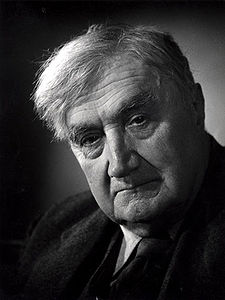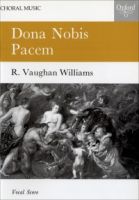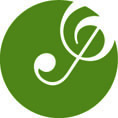Vaughan Williams Dona Nobis Pacem Vocal Score
 Vocal Scores for Vaughan Williams' Dona Nobis Pacem
Vocal Scores for Vaughan Williams' Dona Nobis Pacem
Dona nobis pacem, (English: Grant us peace), is a cantata written by Ralph Vaughan Williams in 1936 and first performed on 2 October 1936
The most popular vocal score for Vaughan Williams' Dona Nobis Pacem is shown below.
Rehearsal recordings to help learn your voice part (Soprano, Alto, Tenor, Bass) are described below.
Full Video Version to hear the work in full is also below
The OUP edition of Vaughan Williams' Dona Nobis Pacem is for SATB.

Catalogue Number:9780193388611
ISBN:9780193388611
Please click here if you wish to order and further vocal score information
Please order by 3pm to be despatched today




The work was commissioned to mark the centenary of the Huddersfield Choral Society. Vaughan Williams produced his plea for peace by referring to recent wars during the growing fears of a new one. His texts were taken from the Mass, three poems by Walt Whitman, a political speech, and sections of the Bible. A.V. Butcher has analysed Vaughan Williams' use of the Whitman poems in this composition.
The work is scored for chorus and large orchestra, with soprano and baritone soloists. The phrase Dona nobis pacem ("Give us peace"), in different settings, punctuates the entire piece.
The work is in five parts, played without a break:
1. Agnus Dei, whose Latin text comes from the last movement in the Roman Catholic Mass. The soprano introduces the theme, singing it over the orchestra and choir. The text translates as "Lamb of God, grant us peace."
2. Beat! Beat! Drums!, is based on the first Whitman poem. The text describes the drums and bugles of war bursting through doors and windows, disrupting the peaceful lives of church congregations, scholars, bridal couples, and other civilians.
3. Reconciliation, uses the entire second Whitman poem. The baritone soloist introduces the first half of the poem, which the choir echoes and varies. The baritone then continues with the rest of the poem, followed by the choir presenting a new variation of the first half. At the end, the soprano repeats a variation of the Dona nobis pacem of the first movement, hauntingly soaring above the final lines of the chorus.
Word over all, beautiful as the sky,
Beautiful that war and all its deeds of carnage must in time be utterly lost,
That the hands of the sisters Death and Night incessantly softly wash again
and ever again, this soiled world;
For my enemy is dead, a man divine as myself is dead,
I look where he lies white-faced and still in the coffin - I draw near,
Bend down and touch lightly with my lips the white face in the coffin.
4. Dirge for Two Veterans, uses most of the Whitman poem. The movement was originally composed in 1914 and later incorporated into Dona nobis pacem. Here the drums return, but now in a dirge for the father and son, "dropped together", being marched in a "sad procession" to their "new-made double grave", overlooked by the "immense and silent moon". Still, for all the solemnity, the notes of hope in Whitman's poem are set to a swelling choral paean, as if to reassure us that we have indeed learned from the carnage of the Great War.
5. The last section, which bears no title, starts with the baritone soloist and a quote from the John Bright speech with which he tried to prevent the Crimean War ("The Angel of Death has been abroad throughout the land . . ."). The movement continues with somber quotes from the Book of Jeremiah, with the soprano and choir intervening with the Dona nobis pacem plea. The movement then continues with more optimistic texts, including a brief setting in English of the Gloria. It ends with a quiet coda of Dona nobis pacem, introduced by the soprano again, adding the choir to finish the piece.




ChoraLine 'Voice Part' Rehearsal CDs & EasyPlay (Stream & Download)
Quick and Easy way to memorise your vocal line and practise between choir rehearsals

Know Your Notes Perfectly
Enhance Your Enjoyment when Singing
Learn With The Music
Shine In Your Choir
Sing With Confidence
Please click here to hear a ChoraLine sample for Dona Nobis Pacem




If you wish to have a CD of Dona Nobis Pacem to hear the whole work please click here and please do click on the video below to listen right away if you wish




